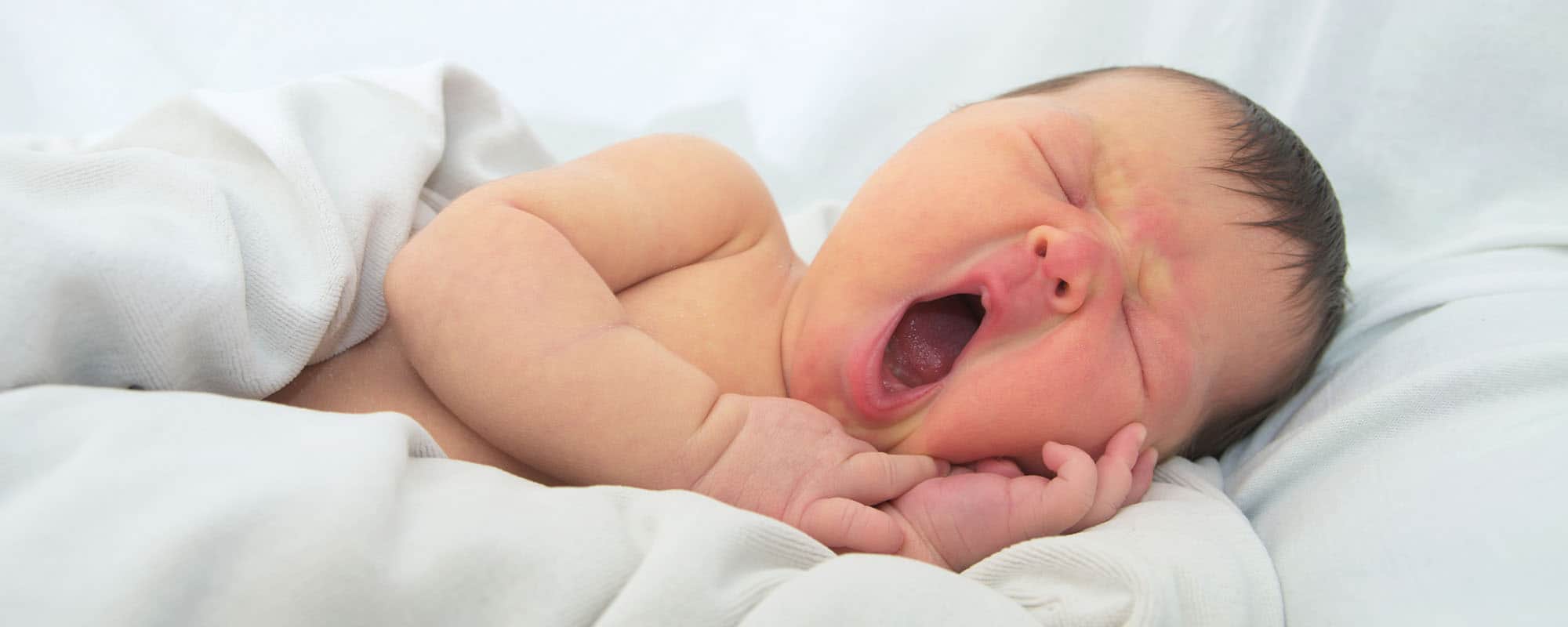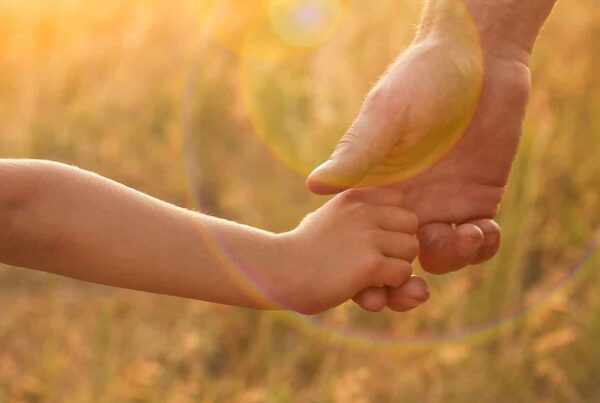Jaundice in newborns occurs when there’s an overload of bilirubin in a baby’s blood. This can make the baby’s skin and eye whites go yellow.
Bilirubin is a waste product that’s produced when old red blood cells break down. Usually, the liver processes bilirubin and mixes it into bile. Bile then goes from the liver to the digestive tract and finally comes out of the body in poo. In newborns, several things can stop this happening properly, which leads to a bilirubin overload.
Types of jaundice in newborns
Physiological jaundice
In physiological jaundice, babies’ livers aren’t yet developed enough to get rid of bilirubin. This type of jaundice is very common in newborns. It usually gets better when your baby’s liver is mature enough to process bilirubin.
Breastmilk jaundice
Breastfed babies often get breastmilk jaundice. This is when a chemical in the mother’s breastmilk interferes with the baby’s ability to get rid of bilirubin. This type of jaundice often happens a few days after birth. Breastmilk jaundice isn’t harmful and usually sorts itself out after several weeks.
Breastfeeding jaundice
Breastfeeding jaundice occurs when babies get dehydrated because of problems with breastfeeding. They need fluids to reduce bilirubin levels. Breastfeeding jaundice often resolves when babies get more fluids.
Jaundice from delayed cord clamping
Babies can develop jaundice following a delay in umbilical cord clamping and cutting. Delayed clamping can cause an accumulation of red blood cells, too much for the liver to process, and results in bilirubin build up.
Jaundice from delivery interventions at birth
Jaundice can also happen because of interventions during delivery that cause bleeding and bruising – for example, a forceps birth. The red blood cells from this break down and bilirubin builds up.
Blood type incompatibility jaundice
One rare type of jaundice happens when the mother’s and the baby’s blood groups are incompatible. Babies with this kind of jaundice need treatment.
Biliary atresia
Biliary atresia is a rare cause of jaundice in babies. It happens when the tiny tubes that carry bile from the liver to the intestines don’t function. Babies with this condition develop normally and look well at first, but get very ill with serious liver disease if left undiagnosed. Babies with this kind of jaundice start showing symptoms 2 – 8 weeks of age, and require surgical treatment. Babies with biliary atresia also have pale-looking poo and darker urine.
Symptoms of jaundice in newborns
Newborn jaundice causes your baby’s skin and the whites of their eyes to go a yellow colour. The jaundice typically starts on the face and head. If the level of bilirubin increases, the colour spreads to the body. Babies might also be drowsy and have feeding difficulties.
Does your newborn need to see a doctor about jaundice?
Yes. Your child and family health nurse, midwife, GP or paediatrician should check and monitor your newborn for jaundice.
You should see a GP if your baby:
- is unwell, feeding poorly and not gaining enough weight
- has pale poo or dark wee
- looks jaundiced
https://raisingchildren.net.au/newborns/health-daily-care/health-concerns/jaundice-in-newborns





